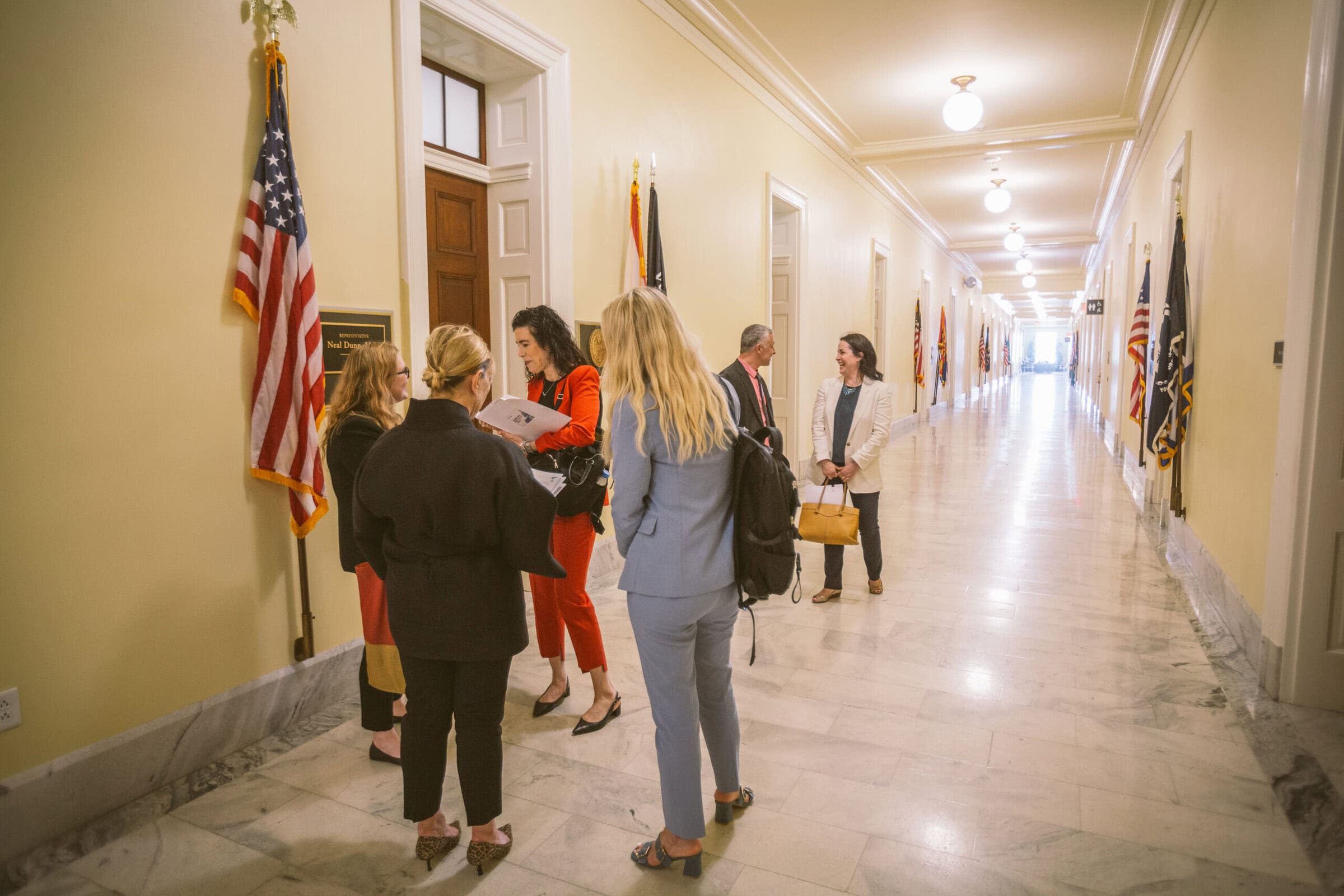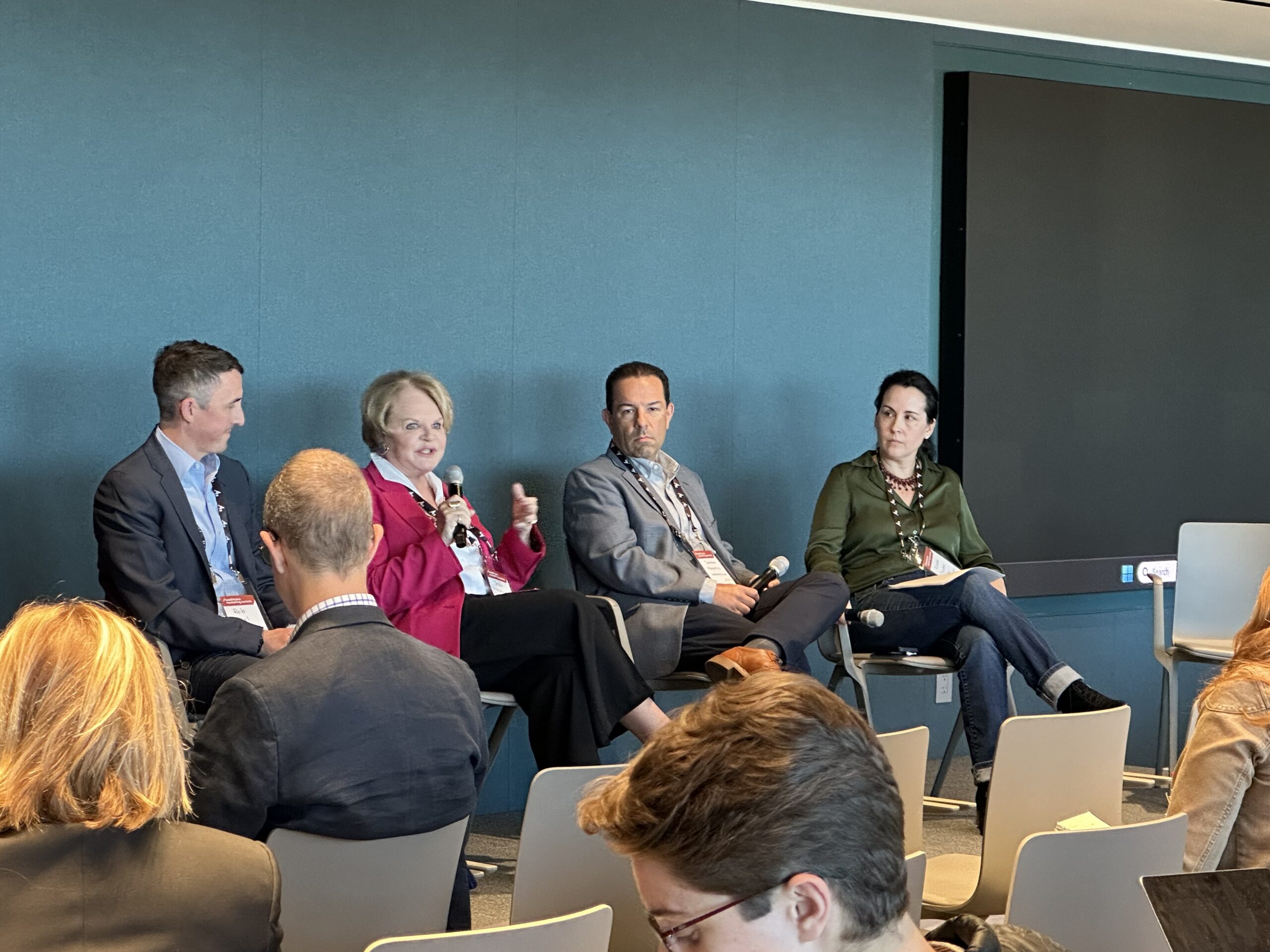Author
Eric Densmore
SVP, Business Strategy, AbelsonTaylor Group
Topic
- Future of the Industry
- Government Relations
- Legislation
- Regulations
- Strategy
I recently joined a conversation hosted by the 4As and Coalition for Healthcare Communication (CHC) about FDA regulation, public trust and the role of marketing inside healthcare. The topic sounds narrow, yet the lessons apply to anyone who builds brands in a world where rules shift fast and audiences are skeptical.
Pharma lives with a constant tension: being accurate enough for regulators and human enough for patients. When enforcement tightens, creative choices narrow, timelines stretch, and teams default to defensive marketing. That instinct is understandable, but it can have a hidden cost. If it becomes too hard to tell a clear and engaging story about a therapy, people will fill the silence with something else. The result is not more safety, but confusion.
Direct-to-consumer advertising sits at the center of this tension. The FDA is reviewing longstanding guidance on how risk and benefit should be presented. If the format changes, television may get slower and pricier, and many brands will shift spend to digital where information can be layered and personalized. That is not a bad outcome if we keep the goal in focus. Patients do not need more words; they need comprehension. Good marketers can deliver that in any channel, provided the rules are workable and the science is clear.
Social media raises the stakes. Platforms move in hours, while policy often moves in quarters. Without modern, practical guidance, compliant actors can be crowded out while misinformation surges. The smartest companies are not waiting. They set digital guardrails, train creators and influencers, and build pre-approved content systems that allow speed without sacrificing accuracy. Innovation and compliance are not enemies; guardrails make creativity safer and faster.
Trust is the through line. In a crisis, polished statements no longer reassure by themselves. People want plain language, visible action, and follow-through. Cross functional drills that include legal, medical, regulatory, and communications are no longer a luxury. They are the price of readiness. After the first statement, the most important message is the next one — the update that proves the company is doing the work.
Finally, rare disease advertising shows the best of what healthcare marketing can be. These campaigns do not chase mass reach; they help find the few. One diagnosed patient can justify the media spend, and, more importantly, can change a life. In that context, advertising becomes part of the care pathway — a bridge between science and the people who need it.

Eric Densmore is Senior Vice President of Business Strategy at AbelsonTaylor Group, where he focuses on driving new business and guiding strategic growth. Over his 25 years in healthcare marketing, he’s launched global brands, led award-winning teams, and championed innovation that connects science with storytelling. Eric also serves on the boards of the Medical Advertising Hall of Fame and the Coalition for Healthcare Communication.
Related Posts


12/17/2025
New York Governor Signs Bill Requiring Disclosure of AI-Generated Performers in Advertising

12/17/2025


